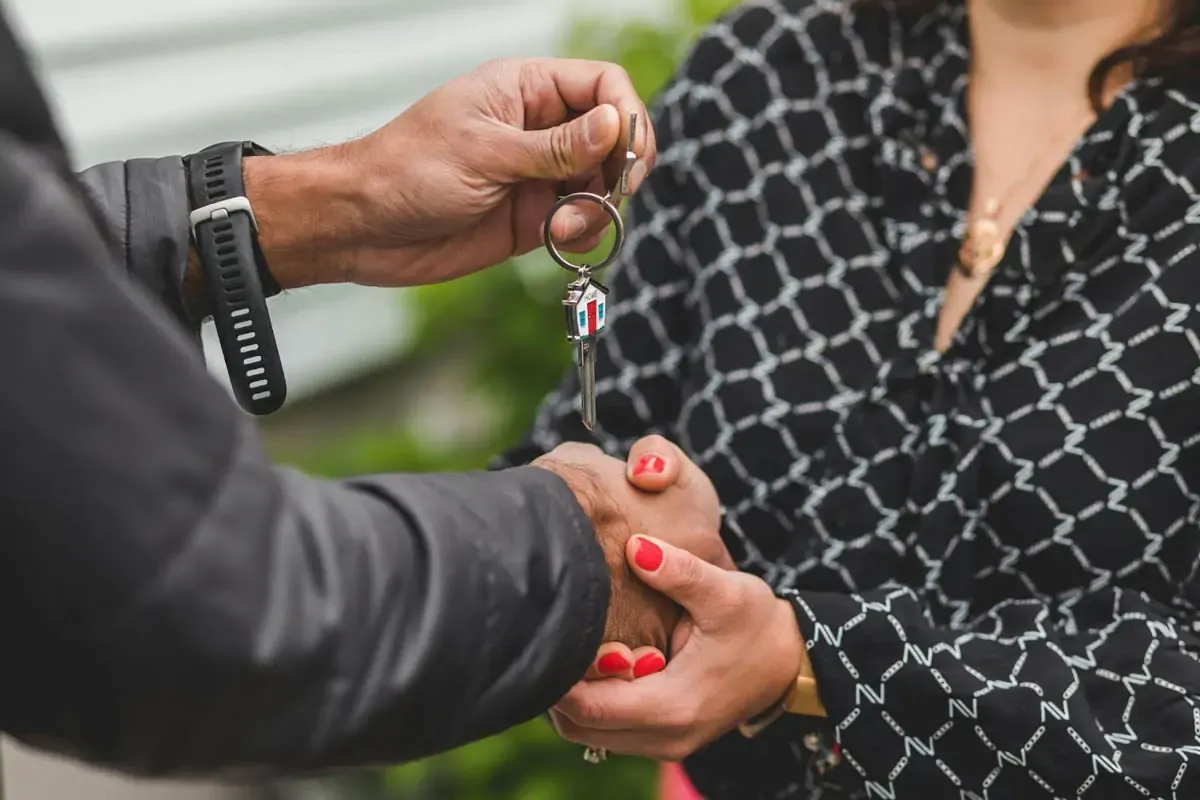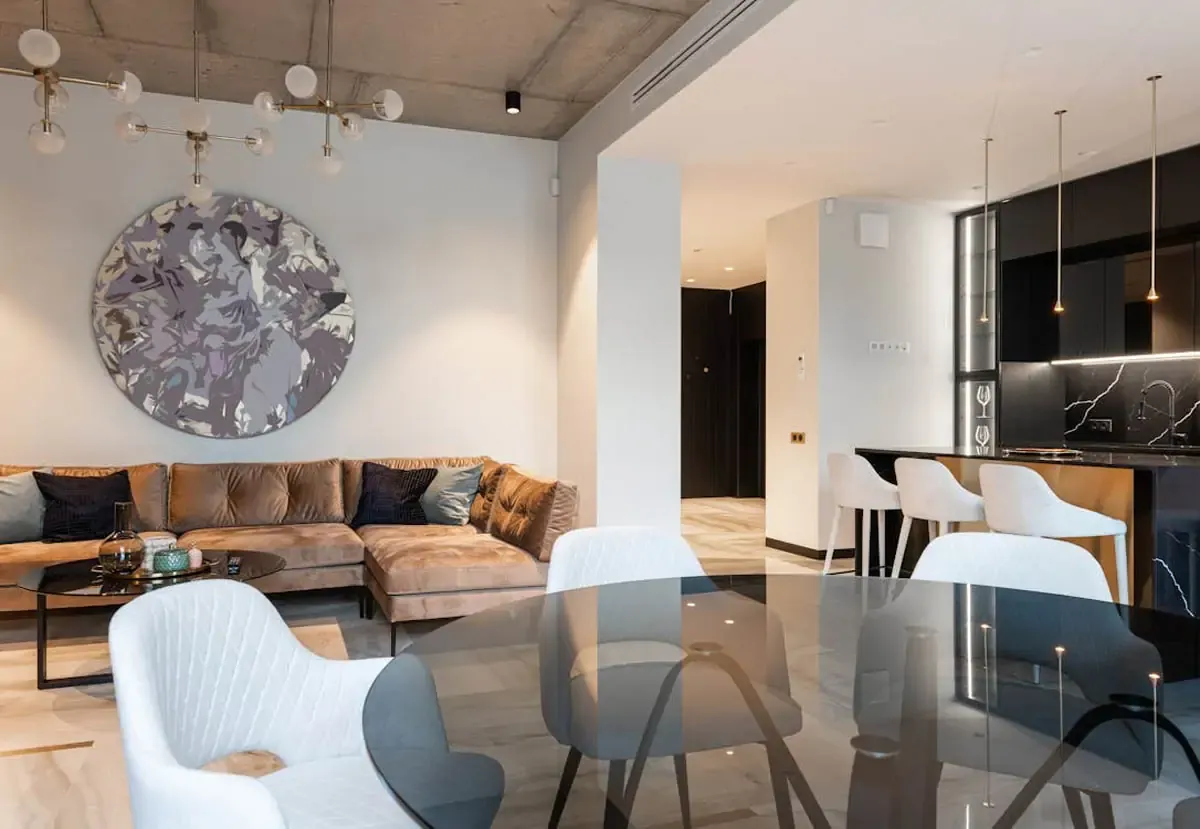8 indigenous Home Decor to Celebrate Filpino Culture
Published on: June 16, 2021
Updated on: August 5, 2021
0 Like
“The Philippines is not a small country.” This short but simple line in anthropologist Gideon Lasco’s new book perfectly encapsulates the diverse and colorful life in the Philippines.
The Philippines is indeed not small considering that it is home to 14 to 17 million indigenous people (IPs) that make up the 110 ethnolinguistic groups such as the Manobo and Mangyan according to the UNDP. From these groups come an equal multitude of indigenous materials and souvenirs that can be lovely accent pieces or memorabilia to incorporate in your home.
Looking for indigeneous home decor you can use to celebrate Independence Day and honor the lives of the Filipino people? Check out which iconic Filipino home decors you need to add to your collection at home:
1. Capiz
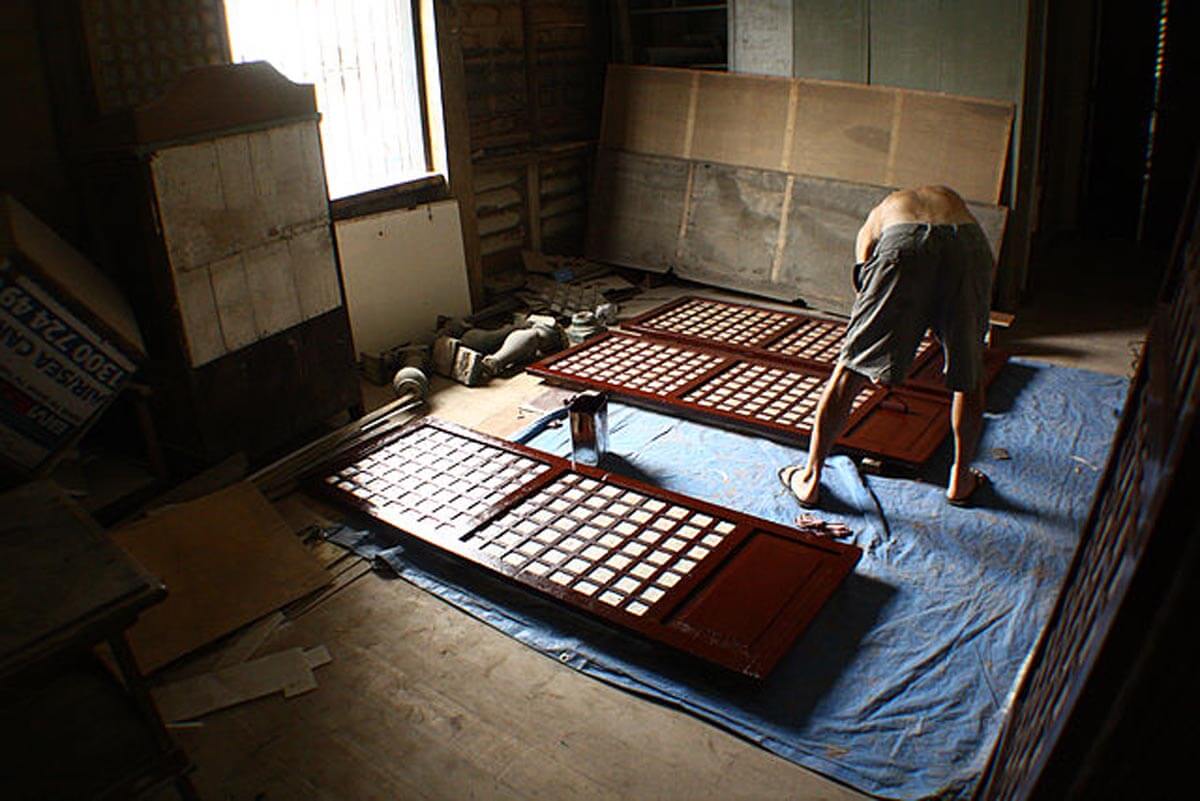 Photo courtesy of JJ Carpio from Wikimedia Commons
Photo courtesy of JJ Carpio from Wikimedia Commons
2. Abaca
Another popular indigenous material from the Philippines is the abaca or the Manila hemp. Abaca is largely used for making ropes and for weaving into baskets. Being water-resistant, abaca baskets would not only touch up your home with an indigenous aura, but it is also sturdy. Place abaca baskets in your kitchen and use them as fruit baskets. You may also find a place for them in your living room such as using it as a tray where you can place coffee table books and magazines.3. Paete wood furniture
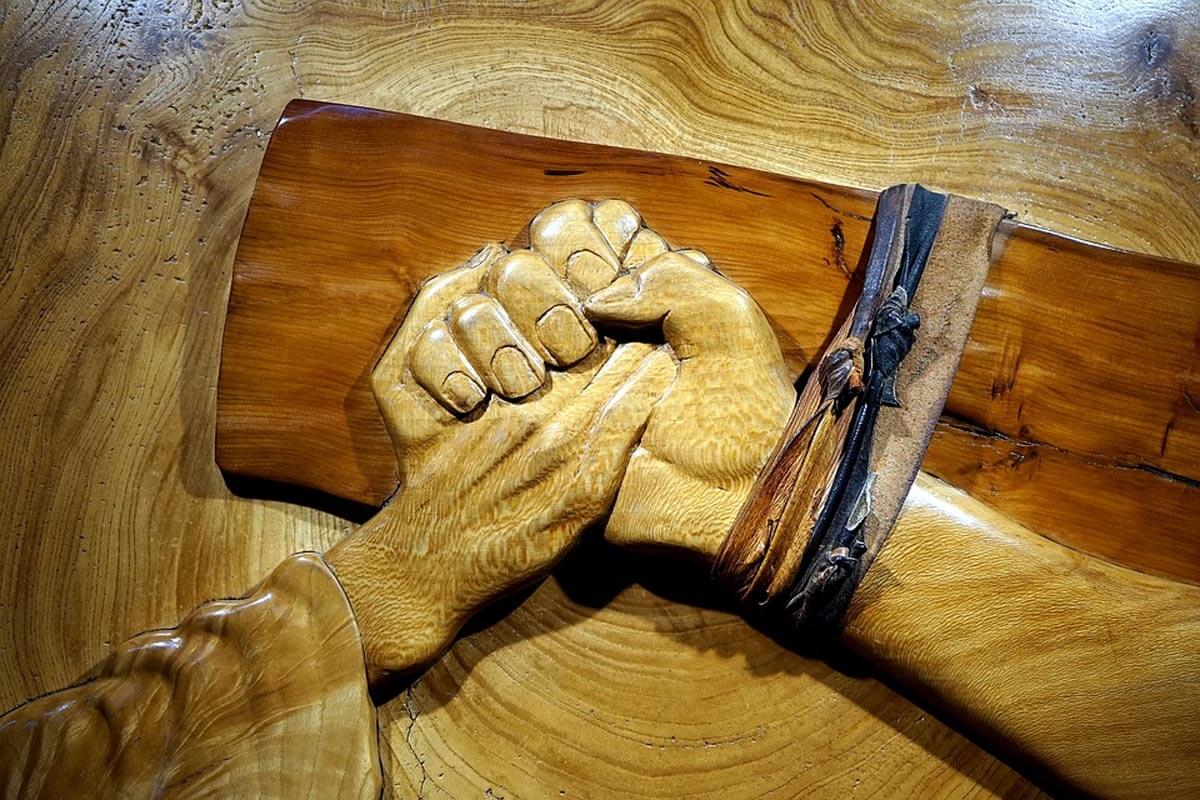 Photo courtesy of Mikes-Photography via Pixabay
Photo courtesy of Mikes-Photography via Pixabay
4. Banig
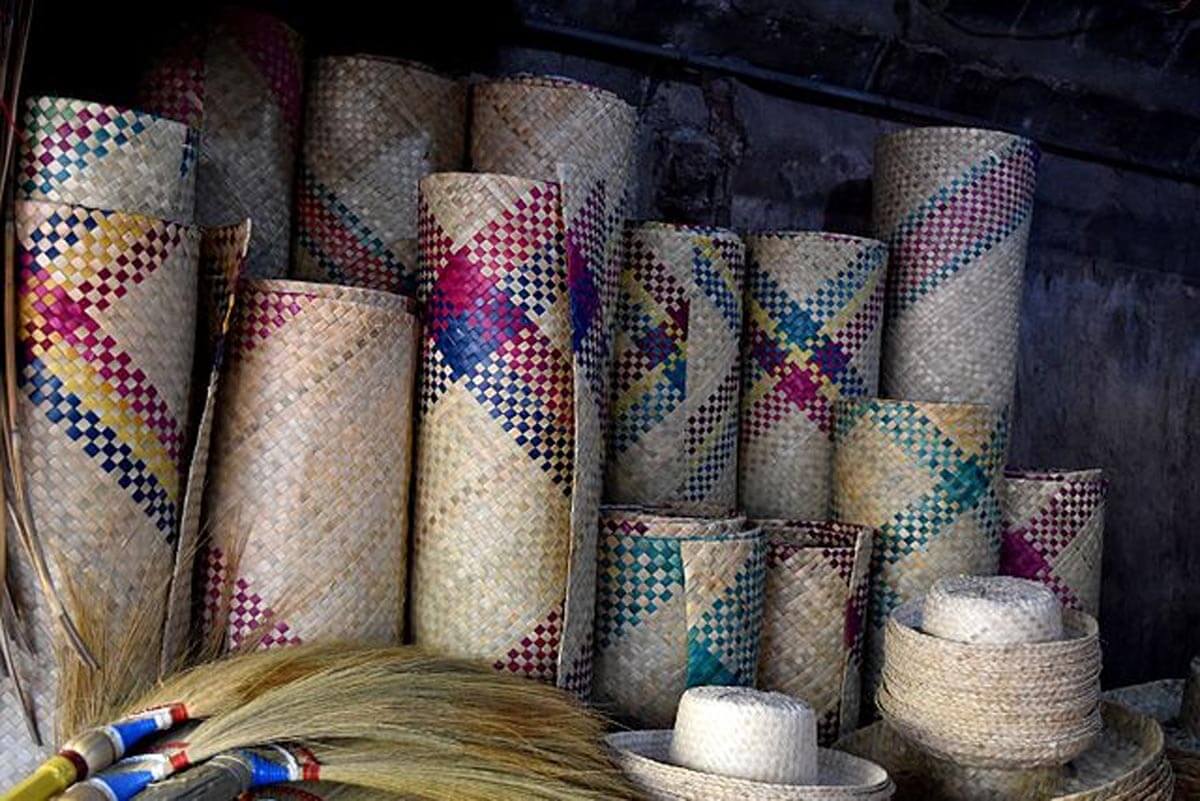 Photo courtesy of MarvinBikolano via Wikimedia Commons
Photo courtesy of MarvinBikolano via Wikimedia Commons
5. Sungka Board
A great centerpiece in a living room is the sungka board. Not only is its elongated wooden breadth and collection of sigay (cowries) appealing to the eye, it could also be a source of entertainment for guests. Sungka boards come in many different shapes and sizes so you can choose a size that will best suit your center table. Some boards are made from wood or metal and are sometimes fashioned with interesting shapes that depict creatures such as geckos and dragons. The sungka is so popular that Bomen Guillermo of UP-Diliman, who happens to be the son of art historian Alice Guillermo, wrote a novel about it entitled Ang Makina ni Mang Turing (2013).6. Maguindanao malong
 Photo courtesy of BrokenSphere via Wikimedia Commons
Photo courtesy of BrokenSphere via Wikimedia Commons
7. The Sarimanok
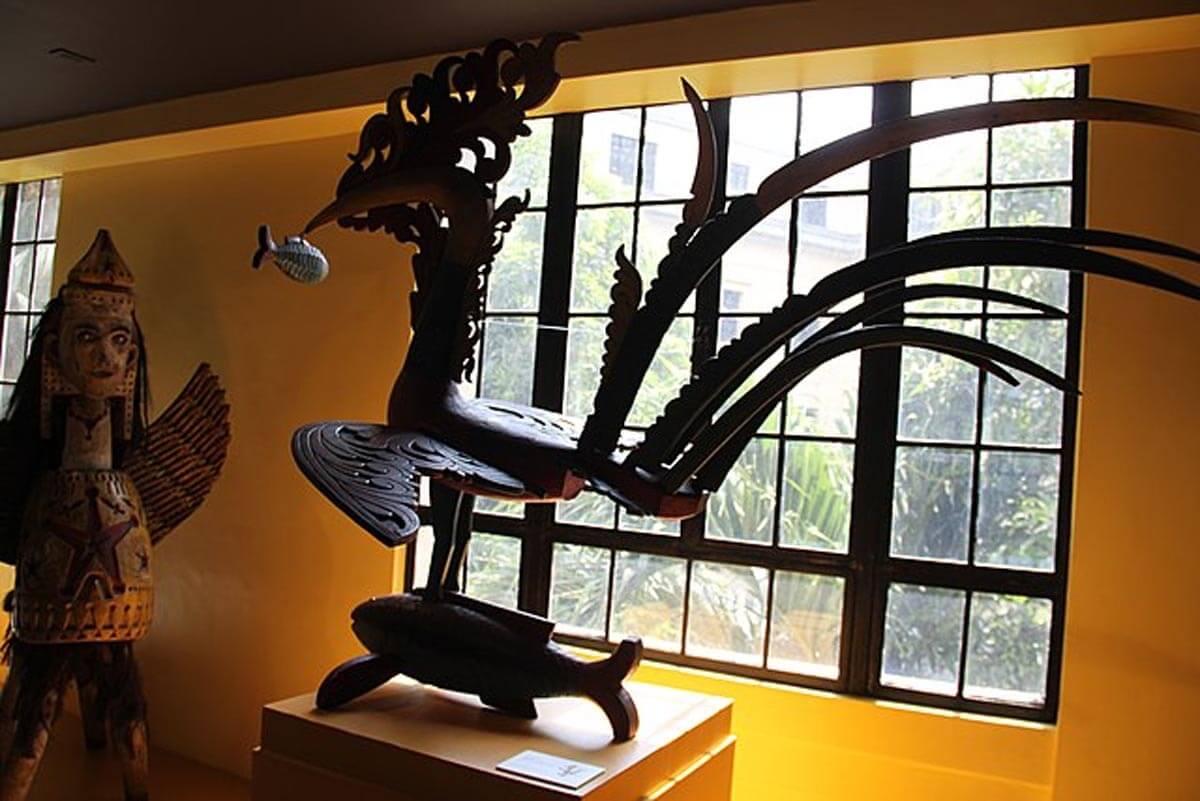 Photo courtesy of Gary Todd via Wikimedia Commons
Photo courtesy of Gary Todd via Wikimedia Commons



